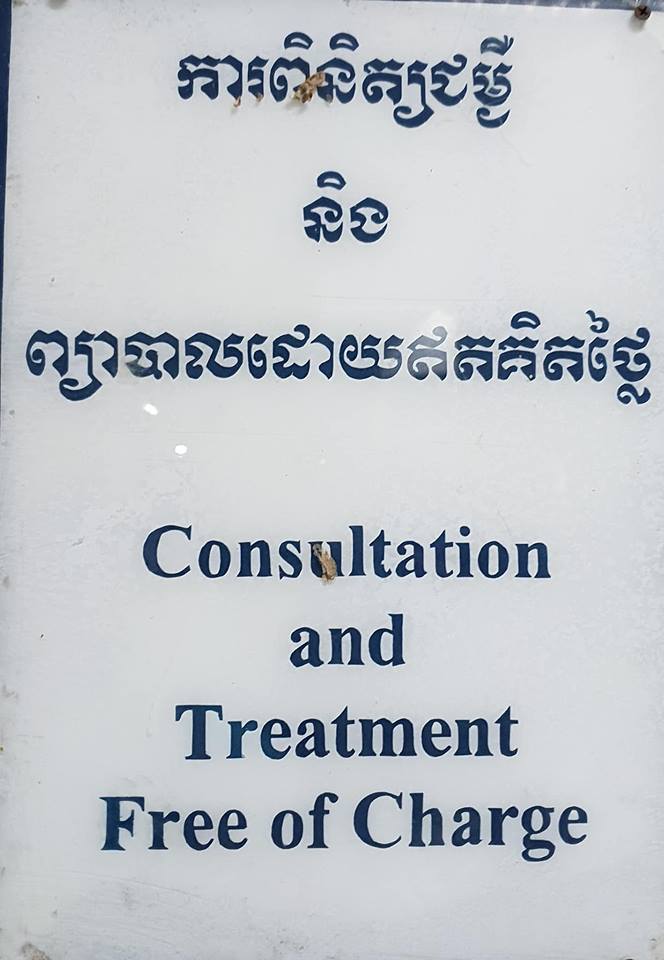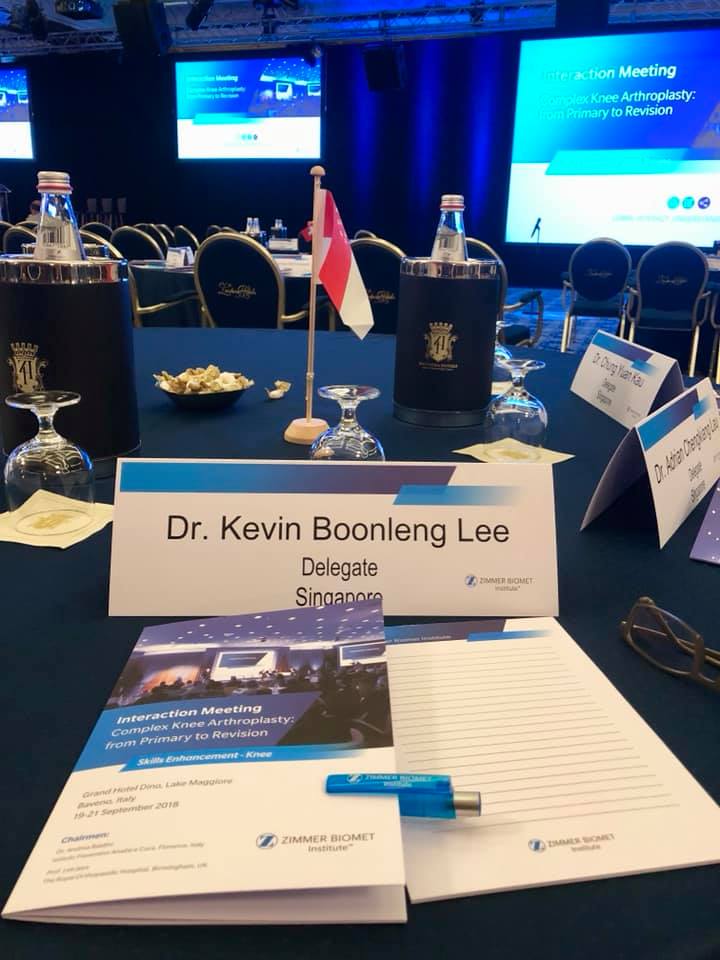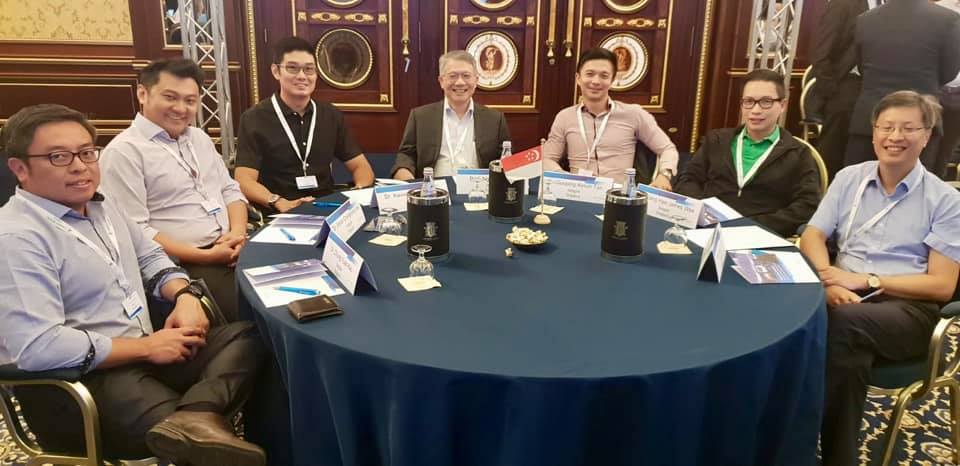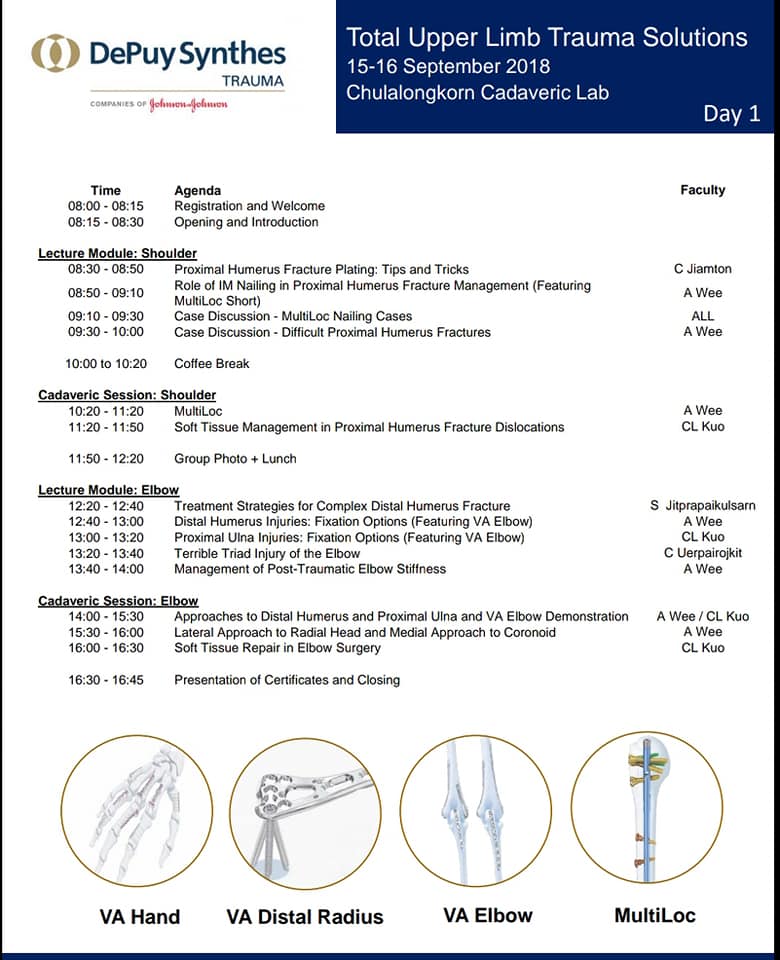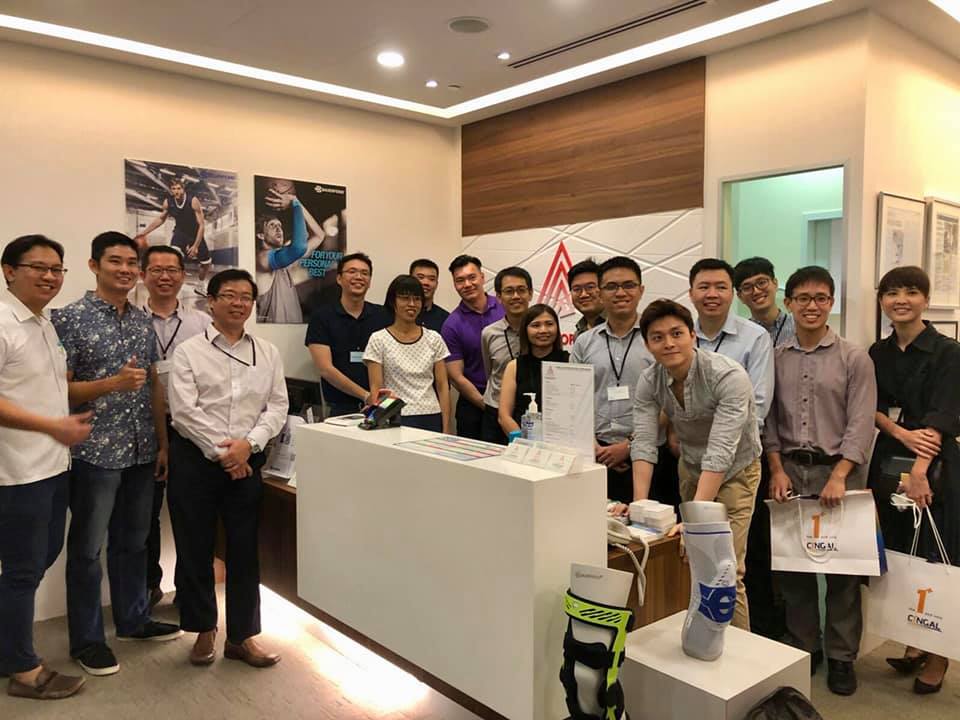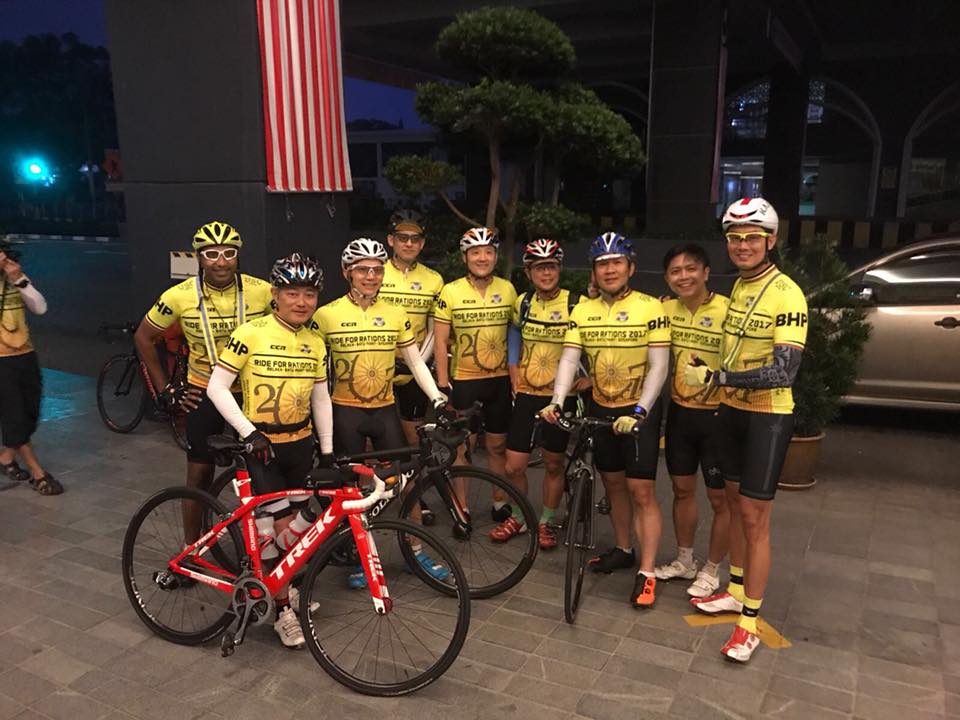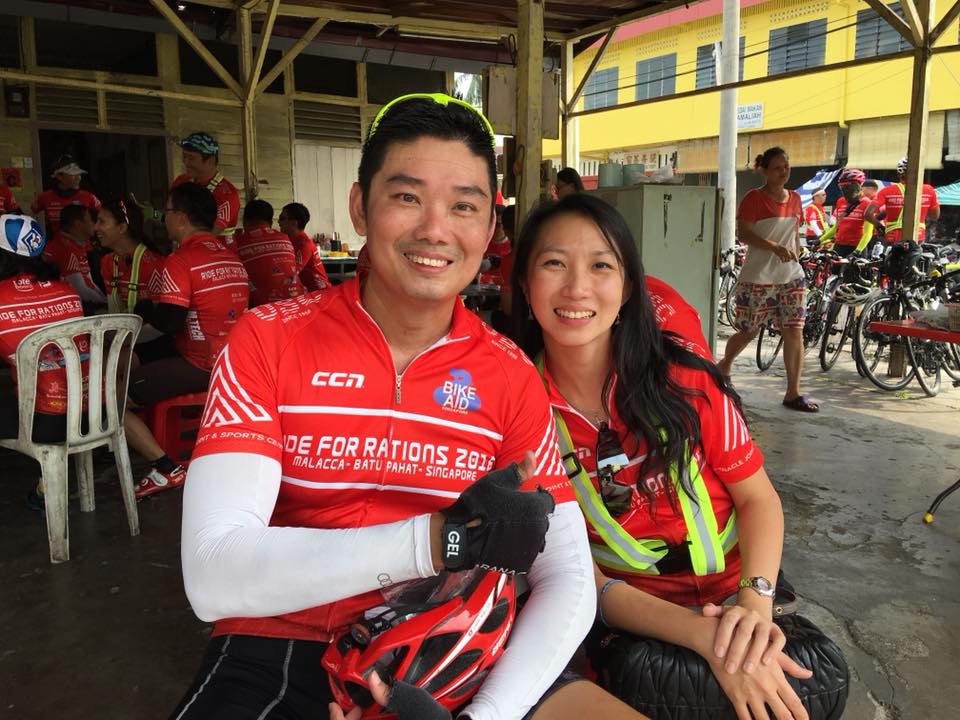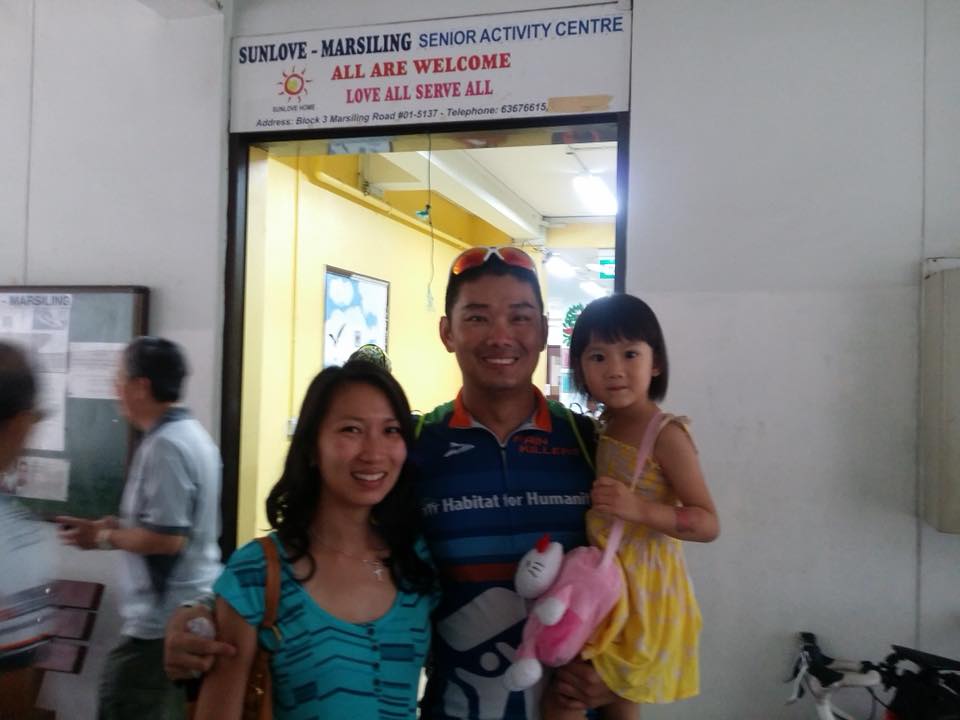Credit to bianhe@sph.com.sg
The following are Dr Lee's interview questions in English. You might learn some useful information here:
Q1. 人们一般认为,关节的软骨磨损、退化,会导致骨关节炎。请问软骨的磨损可能由哪些方面造成?有 没有办法帮助软骨长回来?(How does cartilage wear and tear lead to arthritis and are there ways to regenerate cartilage ?)
Cartilage is a smooth layer of soft bone that covers the surface of the 2 bones forming a joint. Its main function is to provide a lubricated surface for smooth joint movements.
Cartilage is usually worn out or thinned out in 2 ways.
Firstly from degeneration as we get older. In older people, the water content in cartilage drops and the protein content changes, making cartilage in older people more friable and more susceptible to wear and tear.
The second way in which cartilage can be worn out is from a traumatic episode such as a sports injury. This usually occurs in the younger age group who are more active in sports.
In younger patients who sustain a significant cartilage injury, we tend to do a cartilage repair procedure (a type of surgery) to repair/regenerate the lost cartilage. This prevents the cartilage injury from getting worse as the patient gets older.
There are many different techniques we can use to repair cartilage and this will depend on the age of the patient, the size of the cartilage defect and the location of the cartilage defect.
In my practice, I use a technique that involves the use of the patient's own stem cells and bone marrow to
repair the cartilage defect.
Q2. 有传言说,避免上下楼梯,避免训练肌肉,可以预防关节的软骨磨损。您建议这样做吗?(There are some who say that avoiding stairs or strengthening exercises can avoid cartilage wear and tear. Do you agree with this ?)
This statement is not correct. We need to strengthen the muscles surrounding the joints to prevent arthritis.
There are many ways to strengthen the supporting muscles without causing damage to the joints and you can consult an orthopaedic surgeon or a physiotherapist to learn the correct way to do this.
In patients who already have arthritis of the knees, stair climbing should be avoided as this activity puts very high stresses on the knee (as high as 6 times of the body weight).
Q3. 走路的姿态和平衡性对于关节磨损的影响大吗?怎样的走姿才能达到平衡?(Does the walking pattern or stability of the walking gait have an influence on wear and tear of the joints ?)
Yes. In patients with arthritis of the knees, they usually have the so-called bow leg deformities which make them put abnormal pressures on the inner part of the knees. This will worsen the condition and lead to further deterioration of arthritis.
They should consult an orthopaedic surgeon who can prescribe corrective exercises and insoles or braces that can improve their walking pattern and overall condition.
Q4. 如果不走路,而是用电动轮椅代步,对关节软骨的健康有益吗?(Would it be useful for joint health if we avoid walking and use mobility aids such as motorised wheelchairs instead?)
This is not correct. It is a common misconception that people with arthritis should not walk or move too much in case they wear out the joints quicker.
The opposite is true. Human joints are designed to move and it is the movement that stimulates the joints to produce hyaluronic acid (a natural joint lubricant).
If people with arthritis do not move and use electric wheelchairs instead, they will quickly lose muscle strength and their joints will stop producing hyaluronic acid and the joints will become more stiff and painful.
Therefore, patients with arthritis should move and exercise to maintain their muscle strength and joint mobility. Good exercises for people with arthritis include walking, swimming, pool walking and cycling.
Q5. 减肥对预防关节磨损有多大的成效?在饮食上,有什么食物会有助于滋补关节软骨?(How much does weight loss play a role in preventing joint damage ?)
Weight loss is the single most important factor in preventing arthritis.
In countries with a high rate of obesity, there are corresponding high rates of arthritis of the knees and hips. Some types of food such as ginger and turmeric might have anti-inflammatory properties that are useful in treating the symptoms of arthritis.
Q6. 对比男性,妇女罹患关节磨损、骨关节炎的比例是不是更高?这是为什么?(Is it true that women have a higher rate of osteoarthritis and why is this so ?)
Yes. The rate of osteoarthritis is higher in women.
This is postulated to be related to the lower bone mass found in women, especially post-menopausal women. Think of it this way - cartilage is the layer of soft bone that covers the surface of the 2 bones forming a joint.
If the bone underlying cartilage is softer (e.g. in an older woman with osteoporosis), the support provided by the bone for the cartilage is poorer and the cartilage is more susceptible to wear and tear.
Q7. 用手术更换关节,是否可以完全治好骨关节炎? (Can joint replacements completely cure the symptoms of arthritis ?)
Artificial joint replacements are reserved for severe and late-stage cases of arthritis where symptoms are severe and there is an extensive loss of joint cartilage. It should be reserved as the last resort.
Prior to this, treatments of arthritis should include more conservative measures such as weight loss, physiotherapy, low impact exercises, injections of hyaluronic acid or platelet-rich plasma and cartilage repair techniques. If all of these have failed, then artificial joint replacements can be considered.
There are currently new techniques for performing joint replacements and these include minimally-invasive techniques, customised implants and robotic surgery. Although the success rate is more than 90%, there is still a small proportion of patients with successfully implanted joint replacements who remain unsatisfied with the outcome of the surgery.
You can also read about the interview on .
Consult
DR KEVIN LEE for your arthritis and cartilage issues.
 We, at the Pinnacle Orthopaedic Group, believe the biggest reward and joy of being in the medical profession is not the financial remuneration that comes along with it, but the simple ability to utilise our skill set and make a difference to our patients.
Dr Andy Wee is currently up at the Children's Surgical Centre in Phnom Penh offering his pro-bono expertise in shoulder and elbow surgery to treat the less fortunate with complex neglected fractures and dislocations around the shoulder and elbow.
Learn more about DR ANDY WEE and his work.
We, at the Pinnacle Orthopaedic Group, believe the biggest reward and joy of being in the medical profession is not the financial remuneration that comes along with it, but the simple ability to utilise our skill set and make a difference to our patients.
Dr Andy Wee is currently up at the Children's Surgical Centre in Phnom Penh offering his pro-bono expertise in shoulder and elbow surgery to treat the less fortunate with complex neglected fractures and dislocations around the shoulder and elbow.
Learn more about DR ANDY WEE and his work.
